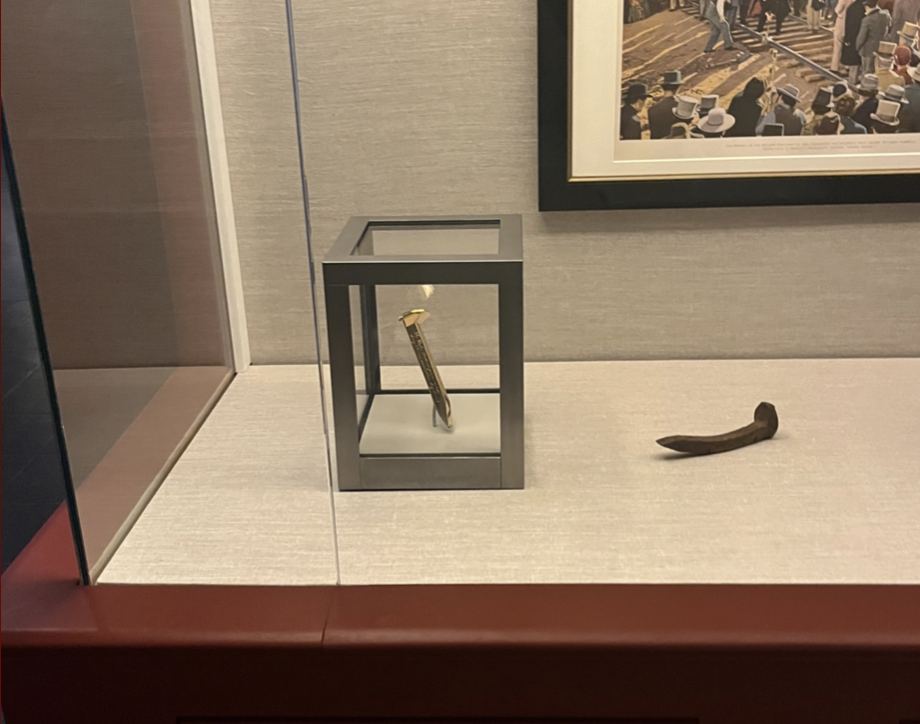![]() 'The Golden Hand' Interactive
'The Golden Hand' Interactive
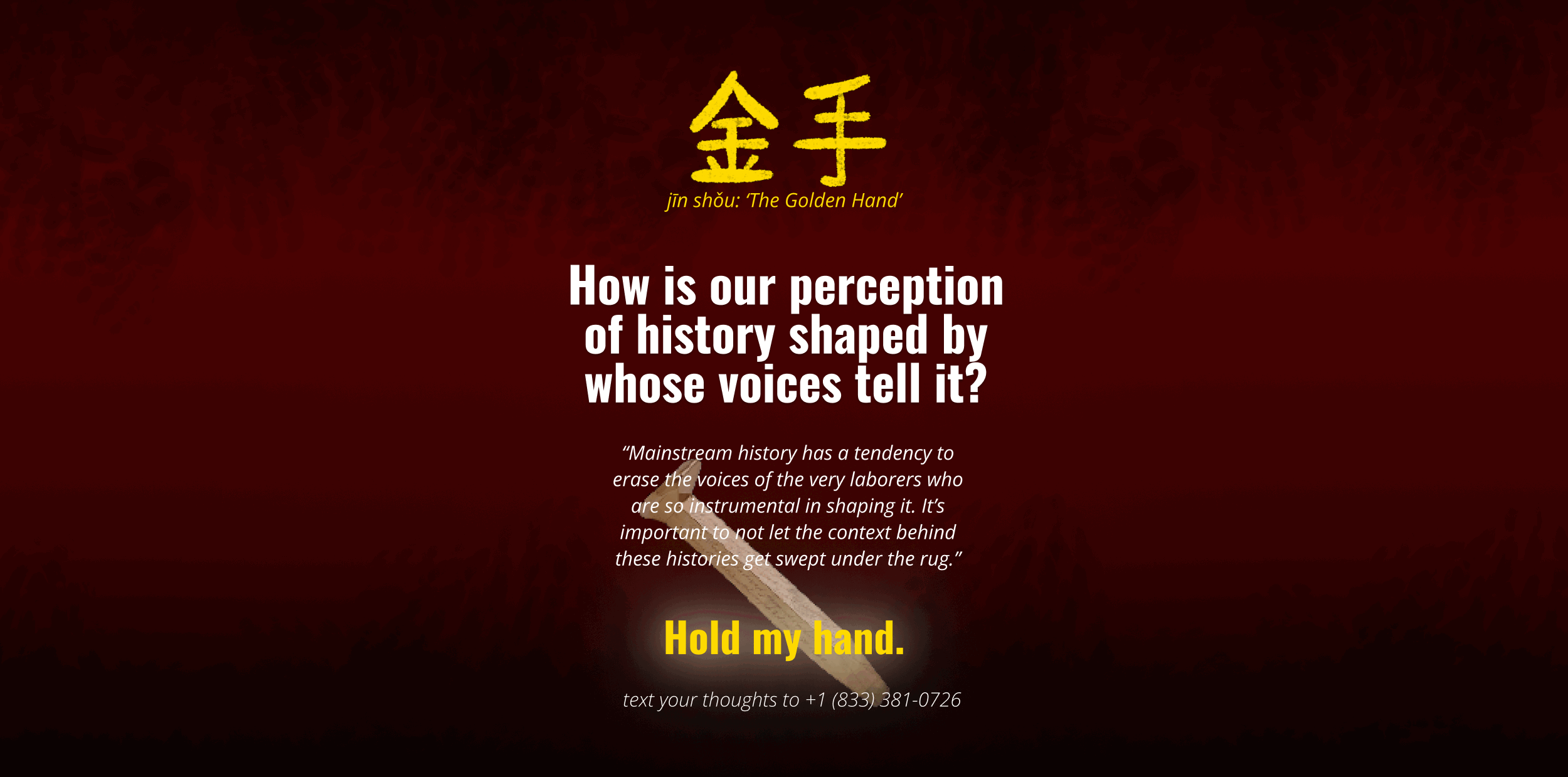 'The Golden Hand' Interactive
'The Golden Hand' Interactive Interaction Design Intern
Cantor Arts Center
Summer 2023
Every year, Cantor Arts Center welcomes 200,000 visitors at zero cost to explore art and artifacts from around the world, in addition to the Stanford family’s personal collection.
The most notable display is the unlabeled Golden Spike, the final spike completing the Transcontinental Railroad. This is a controversial display because the project hinged upon the exploitation of Chinese Workers, with up to 20,000 workers unaccounted for after its completion.
In May of 2023, fourth graders attending Neil Armstrong Academy in Utah launched a campaign writing over a thousand letters demanding that the Cantor Arts Center send the Golden Spike to the Museum of Utah, claiming that the museum’s lack of label reflected a disregard for its history. I saw this as an opportunity to bring to light both the untold stories of these Chinese railway workers and the history of the Golden Spike through an interactive display: ‘The Golden Hand’.
Cantor Arts Center
Summer 2023
Every year, Cantor Arts Center welcomes 200,000 visitors at zero cost to explore art and artifacts from around the world, in addition to the Stanford family’s personal collection.
The most notable display is the unlabeled Golden Spike, the final spike completing the Transcontinental Railroad. This is a controversial display because the project hinged upon the exploitation of Chinese Workers, with up to 20,000 workers unaccounted for after its completion.
In May of 2023, fourth graders attending Neil Armstrong Academy in Utah launched a campaign writing over a thousand letters demanding that the Cantor Arts Center send the Golden Spike to the Museum of Utah, claiming that the museum’s lack of label reflected a disregard for its history. I saw this as an opportunity to bring to light both the untold stories of these Chinese railway workers and the history of the Golden Spike through an interactive display: ‘The Golden Hand’.
Skills:
- Research
- Asana
- Figma
- Procreate
- Fusion 360 CAD
- Arduino
Concept Brainstorm
1
‘The Golden Hand’
- Gold Hand design inspired by the intersection of wealth and labor
- Visitors touch hand to trigger an informational video on Chinese exploitation
- “Talk-back board” ask visitors what the golden spike symbolizes to them, welcoming
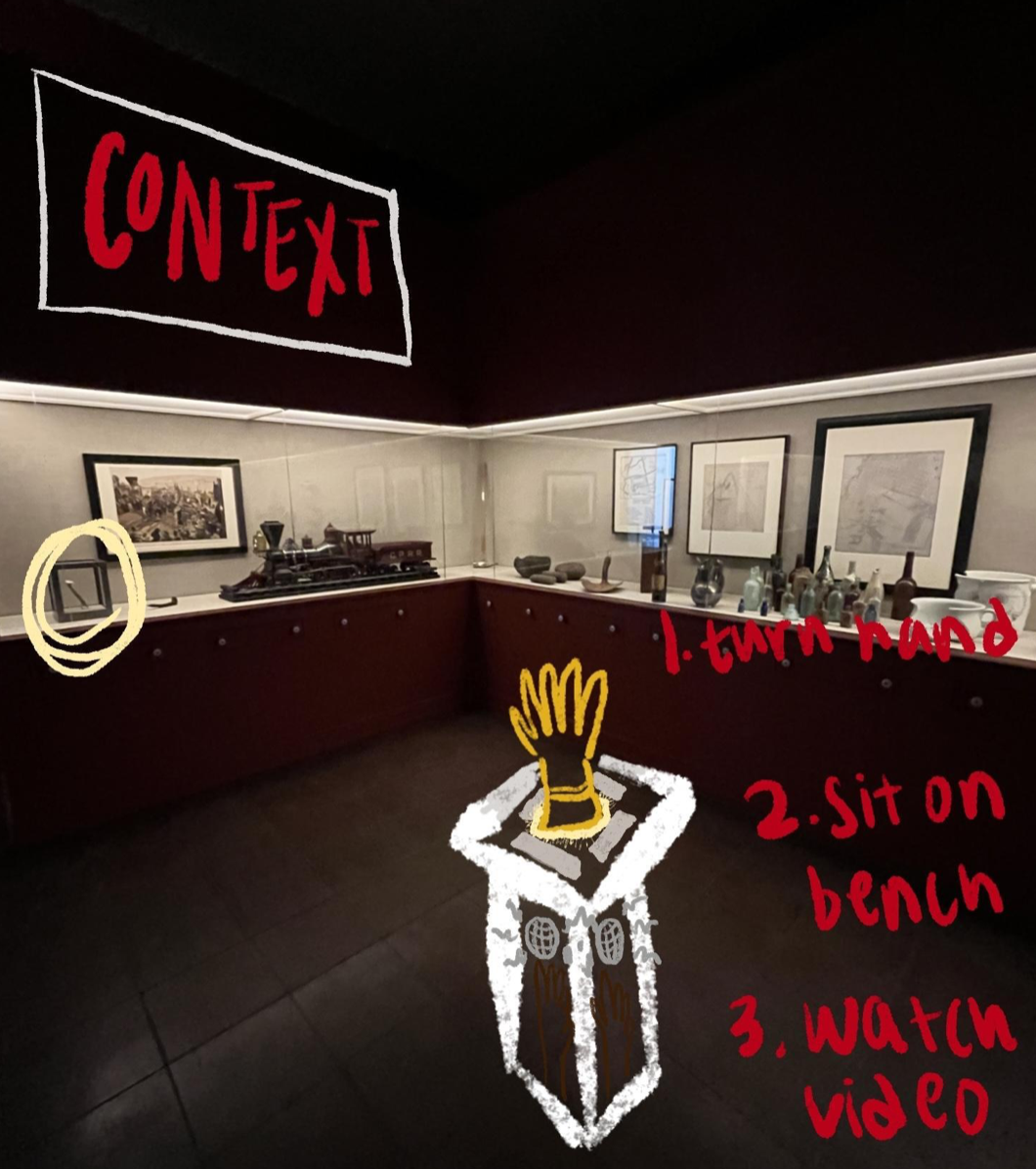
2
‘The Melancholy Mailbox’
- Based around grief, the central theme of the Melancholy Museum, ‘The Melancholy Mailbox’ provides visitors an opportunity to write a message to a loved one who they miss
- Allows visitors to reflect on their own experiences and further explore exhibit themes
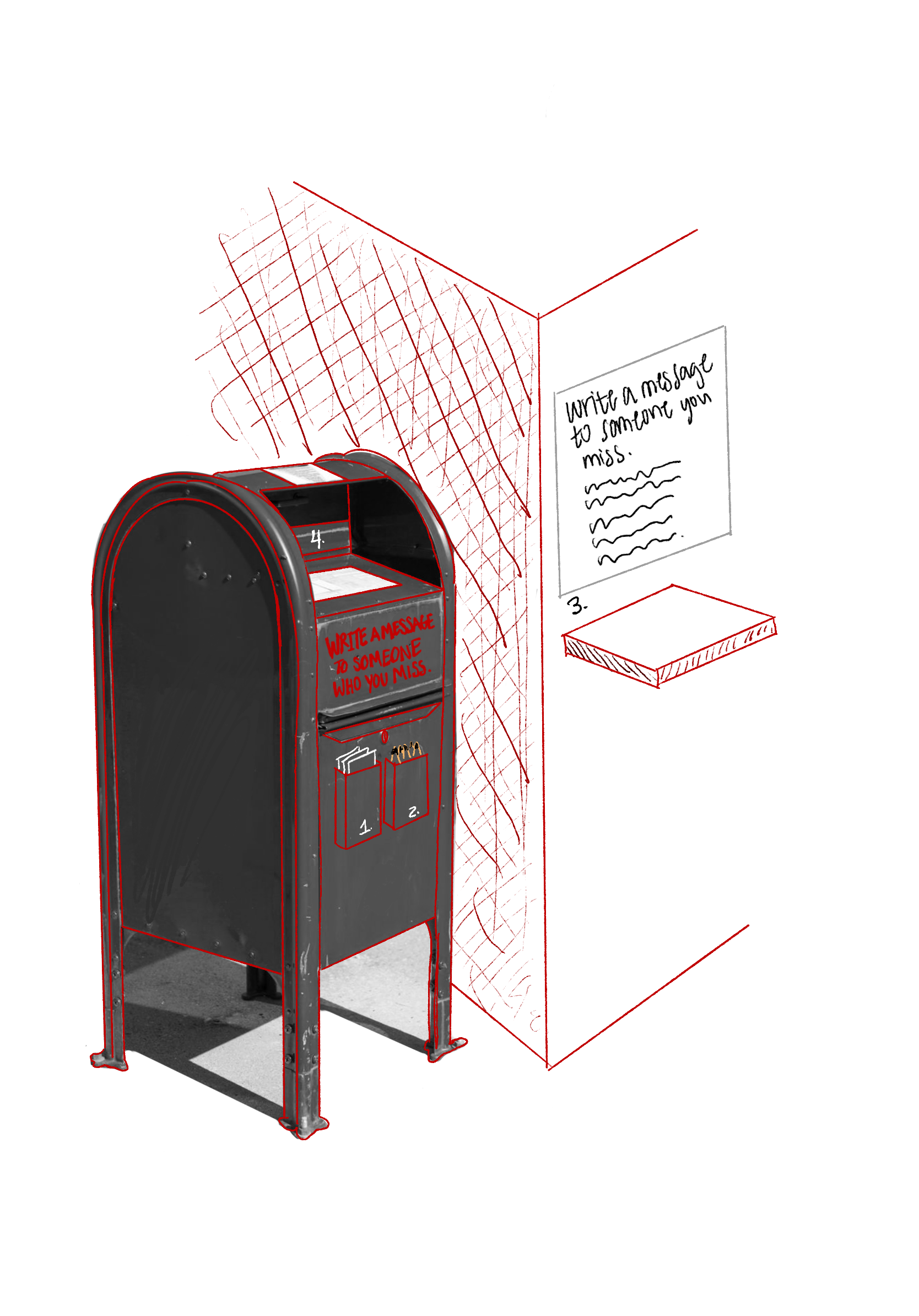
Moving Forward
I chose to move forward with the first concept, ‘The Golden Hand’, because the acknowledgement of exploitation demanded more urgency, and was an issue raised emminently by students across the country and on campus.
I believed it would be the project to create the most meaningful, positive impact, and I was excited to be a part of it.
The Proposal
Goal:
- Acknowledge the historical exploitation of Chinese workers and the role that this exploitation played in the Stanford family’s wealth.
- Combine digital and physical design skills to inspire thoughtful conversation among museum visitors.
- Create space for visitors to meaningfully engage with the Melancholy Museum.
Constraints
After meeting with the museum’s director, I was made aware of additional project constraints.
1
Location Permissions
Interactives need special permission to be physically located within the Melancholy Museum.

Location Permissions
I chose an alternate space in the hallway just outside of the exhibit that would be much easier to get approval for.
2
“Talk-Back” Complications
Pencils and museums don’t mix, running the risk of visitors damaging artwork.

“Talk-Back” Complications
I pivoted to incorporate a digital “text-back” component instead, to store and display visitor reflection.
The Research
Findings:
- ‘The Chinese Railroad Workers in North America Project’, was an invaluable resource with a comprehensive timeline of the Pacific Coast Railroad’s construction and testimonials from the Chinese Workers’ descendants.
- Conducted interview with Shelley Fisher Fishkens, co-founder of the Chinese Railroad Workers in North America Project and co-author of ‘The Chinese and the Iron Road’, and obtained permissions to use their existing educational resources in partnership with the project.
- Compiled literature to feature in the museum where visitors could explore the history, including Mandarin translations of these texts.
Initial Prototype


Physical Construction:
- Used Autodesk Fusion 360 to CAD inserts for Arduino light sensor hardware in 3D printed hand.
- Constructed Arduino Nano circuit board and wrote Python and Arduino IDE code to prompt the light sensor to trigger a video display.
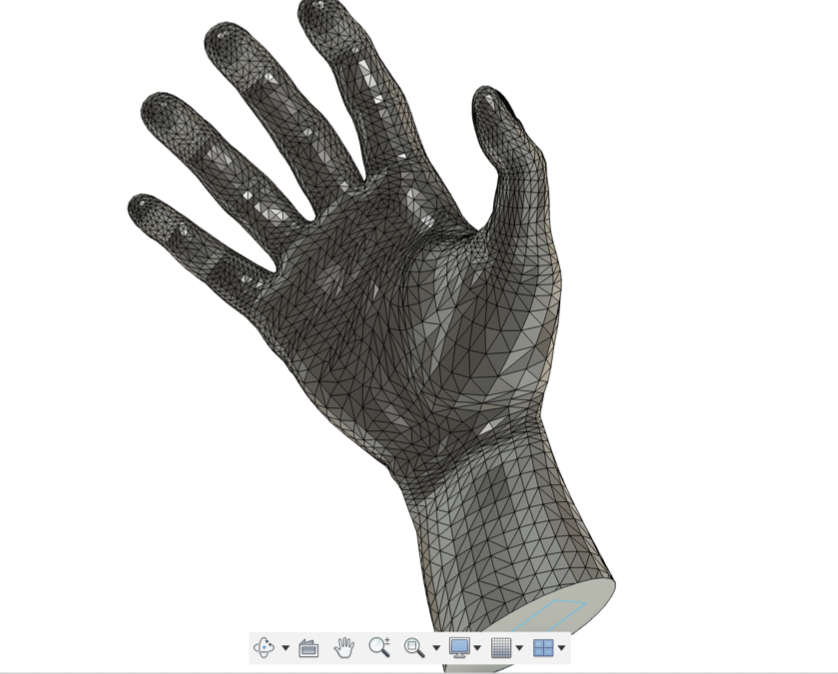
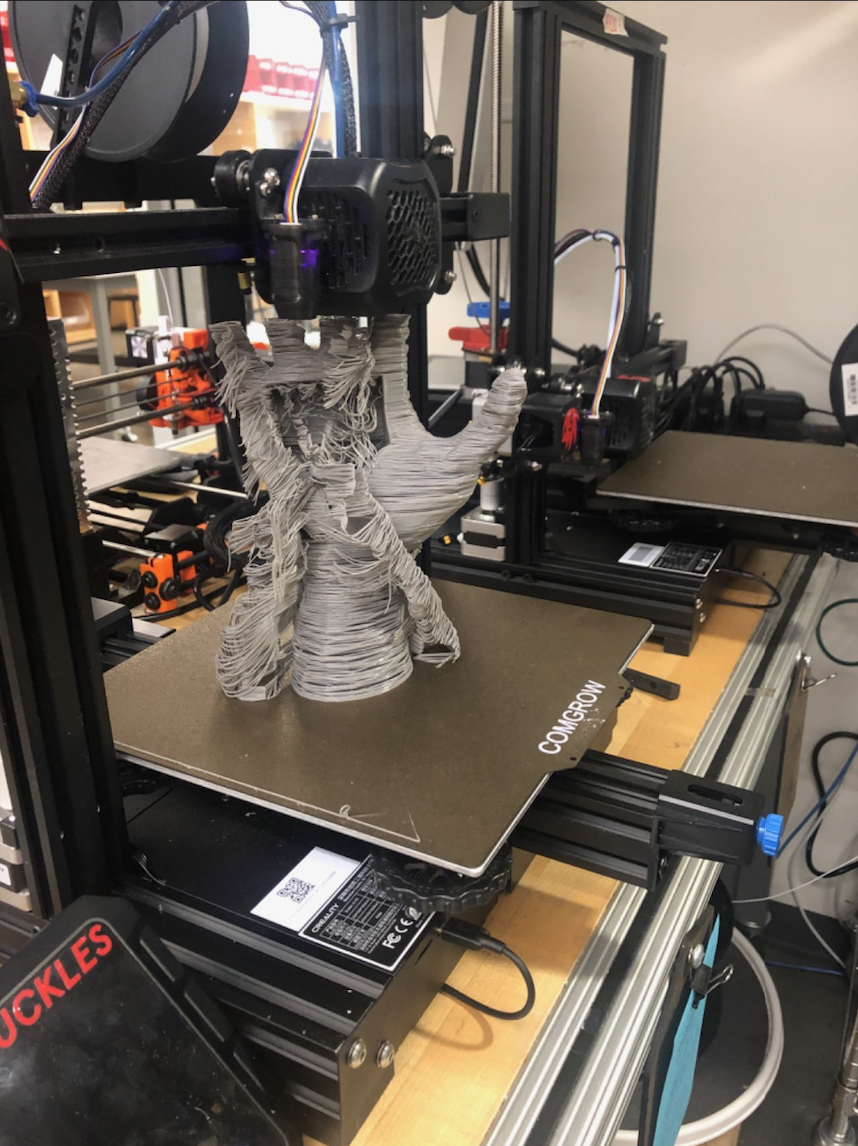
Constructed Prototype
Takeaways:
- Multidisciplinary Problem-Solving – Learned to manage multiple moving parts, from coding to electrical and mechanical construction, pushing me to think creatively and utilize available resources.
- Adaptability & Skill Expansion – Developed new technical skills and adapted to challenges across different aspects of the prototype-building process.Community
- Engagement & Collaboration – Gained a deeper understanding of the importance of building relationships with established organizations, such as the Chinese Railroad Workers in North America Project, to support and enhance restorative work.
